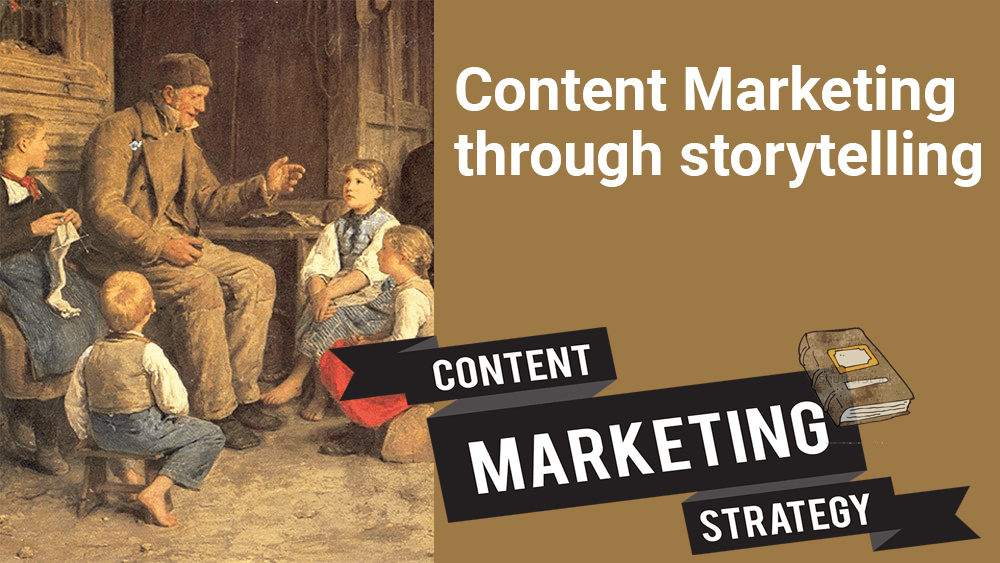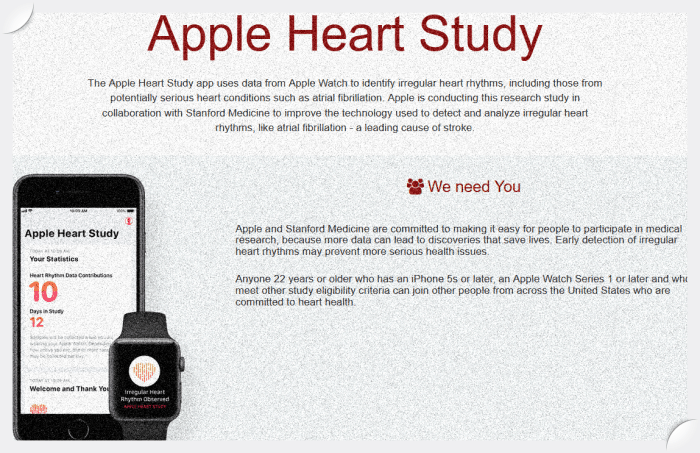In the morning I received this ZDNet email newsletter, and there was a story titled How Apple Watch saved my life.
The author tells how previously he wasn’t enthusiastic about Apple products, and in fact, he was very critical of them. He constantly switched between Apple and Android devices. He owned most of the mainstream Apple products, but he wasn’t a regular user.
Being in technology, it is his work to use gadgets from all the brands objectively without getting personally involved.
One day he decided to purchase a refurbished Apple Watch because his many friends had it and he was just a little curious about the gadget. This is why he didn’t purchase a brand-new watch because he thought that after a few days he would just put the watch in a drawer and forget about it.
After a few days he received an email from Apple asking him whether he would be willing to participate in the Apple Heart Study, a large data-gathering exercise the company was partnering with Stanford University. Always interested in big data studies, the writer joined the program.
Through the Apple Watch, heartbeat patterns are constantly recorded and then sent to Apple or Stanford University servers, necessary analysis is done and further action is advised.
A few days later, the writer received a message on his iPhone saying “Irregular heart rhythm observed”. The message also advised him to contact a Heart Study Doctor as soon as possible.
This led to a series of tests and discoveries and ultimately it was found that his heart had a condition that could have turned serious if left neglected.
In the article he has also described his heart condition and his previous problem of high blood pressure, a bit of obesity and high blood pressure.
Although any gadget could have helped him with a similar study being done with a similar gadget from another company, he just happened to be wearing an Apple Watch and the Stanford University study is being exclusively carried out using this gadget, the author has now totally fallen in love with all Apple products.
It is not a feature-based love and dedication because the features remain the same, it’s just that the watch played an important role in detecting the anomaly in his heartbeat and this led to his early diagnosis and treatment, emotionally he wants to repay and the only way to repay a company is to buy its products.
What can be more powerful testimonial than someone telling you that a product or service saved his or her life? And not metaphorically, but actually.
This is a good example of content marketing through storytelling.
The author uses a title you cannot resist: How Apple Watch saved my life – everyone would like to know exactly what happened. For example, I’m not crazy about Apple products and even advise people against buying an iPhone but still, I was persuaded enough to click the link and read the story.
He builds up a narrative. Initially he tells you that although he abundantly uses gadgets, he wasn’t very gung-ho about using Apple products, and in fact, he even disliked using Apple products. This could be anyone, even a person like me. Many readers would relate.
Then he very cautiously brings up Apple Watch. He even tells you that he didn’t go for a new watch and instead, he purchased a refurbished app because he wasn’t sure if he would use it regularly.
Then he signs up for this Stanford University project that exclusively uses the watch from Apple.
Two things happen here: the mention of Stanford University immediately injects a sense of credibility and, it is study on the heart conditions.
The mention of Stanford University itself invokes respect in many. Then, you read that this university trusts Apple Watch to gather “big data” on heartbeat of many people. A very big influencer.
Then, a sequence of events reveals that his own life is saved or at least, he is saved from a big health-related disaster because of the early warning provided by Apple Watch.
Now, Apple Watch didn’t directly save his life. It wasn’t a feature in the watch itself that saved his life, but it was instrumental in discovering his heart condition and him taking remedial measures. Any watch with similar features and with similar research team affiliation could have done that.
But, a positive story gets associated with Apple Watch.
In the end, the author tells readers that not just Apple Watch, now he’s going to buy everything Apple offers including iPhones, iPads, and whatnot.
Maybe it’s a paid article, or maybe it’s a real incident, but that’s not the issue. This is a good example of doing content marketing with storytelling.


